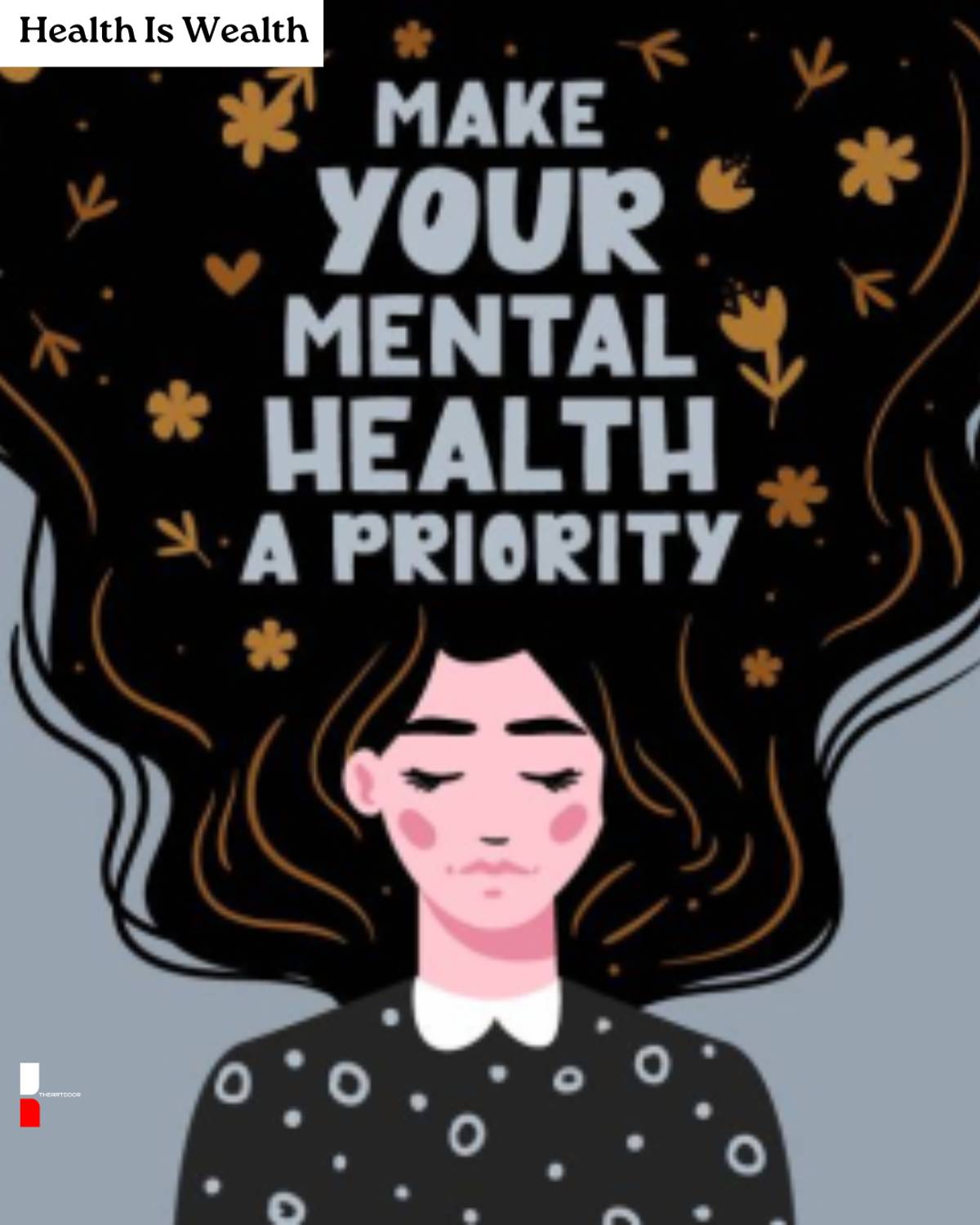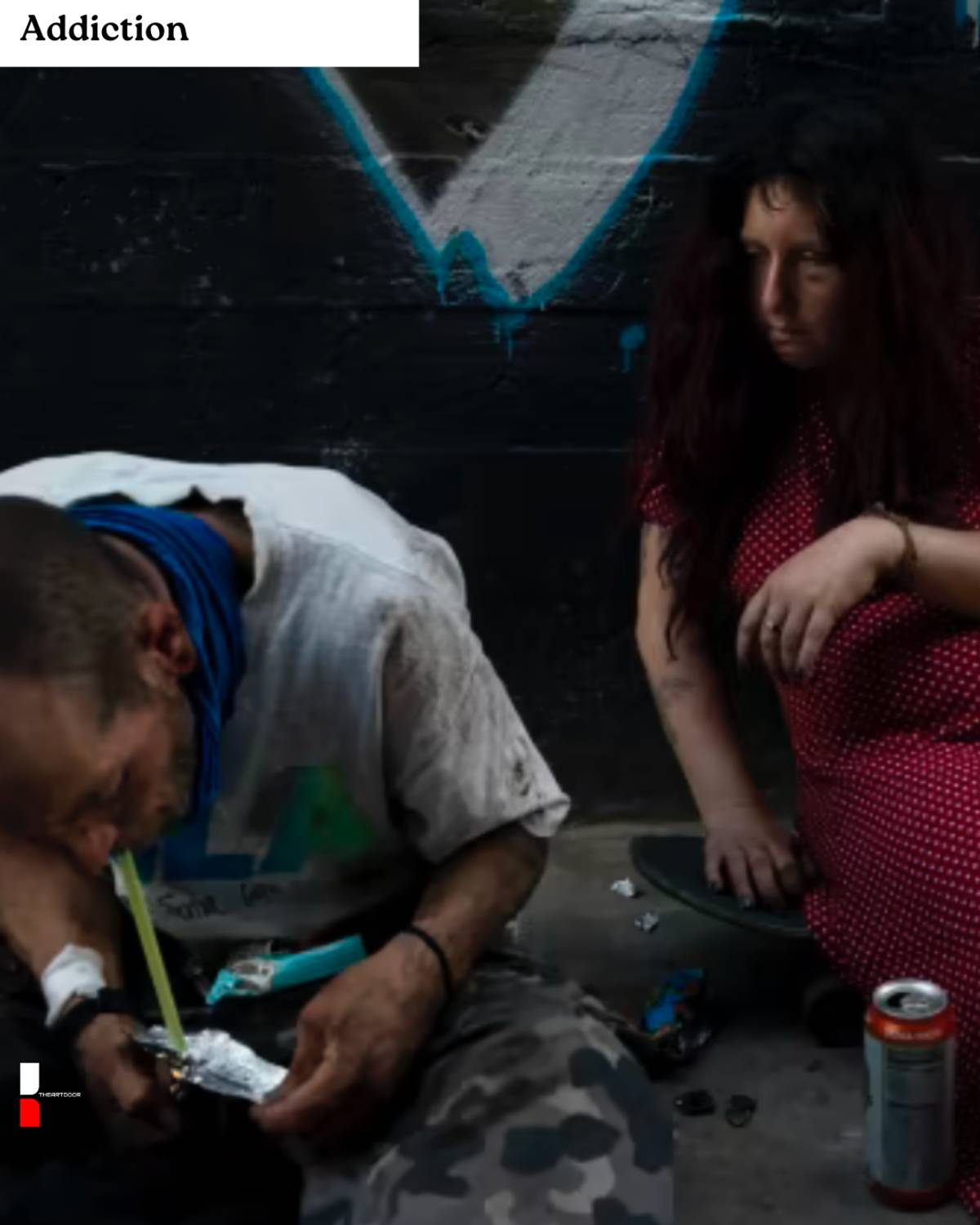The Global Loneliness Epidemic: When the World Feels Alone
By Tanvi Ibrahim Patankar | Editor in chief: Adrienne Carter
Share
Photo : Selfloverainbow
In a world more connected than ever where texts, tweets, and video calls travel at the speed of light one silent epidemic is growing faster than most: loneliness. It’s not just a personal struggle; it’s a public health crisis that’s touching every generation, every geography, and every social class.
A Silent Surge of Disconnection
The World Health Organization (WHO) now classifies loneliness as a global public health concern. In 2023, the U.S. Surgeon General Dr. Vivek Murthy declared it a “national epidemic,” equating its health risks to smoking 15 cigarettes a day.
Global data reveals the scale:
- 1 in 3 adults worldwide report feeling lonely frequently.
- In Japan, over 40% of seniors live alone, leading to a rise in “kodokushi” dying in isolation.
- In the UK, the government appointed a Minister for Loneliness in 2018.
- India’s urban youth report rising emotional isolation despite hyper-social media usage.
- Young people (ages 16–24) are now the loneliest age group, outpacing even the elderly.
The paradox? We’re digitally hyper-connected but emotionally starved.
Why Are We So Lonely?

Photo : Carol Vartuli
Loneliness is not just being alone. It’s the gap between the social connection you desire and what you actually experience.
Here’s why the epidemic is accelerating:
1. Digital Displacement
Social media replaced social intimacy. Likes replaced laughter. Algorithms replaced authenticity. While we scroll endlessly, face-to-face interactions shrink, and digital lives become filtered versions of reality.
2. Urban Isolation
Modern city life, though full of people, offers little connection. With long work hours, fast-paced routines, and transactional relationships, emotional bonds get left behind.
3. Family Structure Shifts
Nuclear families, increasing divorces, solo-living trends, and migration for jobs have distanced traditional support systems.
4. Workplace Culture
Remote work, while flexible, often eliminates casual social interaction. Employees log off Zoom but remain emotionally detached. Burnout replaces belonging.
5. Mental Health Stigma
Even when people feel isolated, they hesitate to express it. Loneliness carries shame seen as weakness in a world obsessed with success and self-sufficiency.

Photo : Mind help
The Health Cost of Loneliness
Loneliness isn’t just “in your head.” It directly impacts physical health:
- 29% increase in risk of heart disease
- 32% increase in risk of stroke
- 50% increased risk of developing dementia (source: National Institute on Aging)
It also worsens anxiety, depression, substance abuse, and suicidal ideation. In short: loneliness kills. Quietly. Slowly.
Who’s Most Affected?
Elderly – Especially in developed nations, where aging populations are outliving family ties.
Young Adults – Particularly post-COVID, digital natives now report fewer real-life friendships and community support.
People with Disabilities or Chronic Illnesses – Often excluded from mainstream social spaces.
Women in Urban Nuclear Setups – Managing homes, jobs, and childcare with little emotional safety net.
LGBTQ+ Communities – Especially in places lacking social or legal acceptance.
How Are Governments and Communities Responding?
Some efforts around the world:
- Japan’s “Loneliness Minister” and robot pets for seniors
- UK’s Campaign to End Loneliness, linking volunteers with the isolated
- Finland’s “Talking Benches” initiative where strangers are encouraged to sit and connect
- India’s urban self-help women circles, like Mahila Mandals and chai meetups, offering informal emotional support
- Mental health apps (e.g., Wysa, BetterHelp) integrating AI and therapy access
But the real change needs to go deeper, rebuilding spaces for connection and rewriting cultural narratives about vulnerability.
What Can We Do, Individually and Collectively?
Normalize vulnerability – Saying “I’m lonely” shouldn’t feel taboo
Reclaim real conversation – Beyond likes and emojis
Start small community rituals – Weekly dinners, walk groups, hobby circles
Check on your “strong friends” – They’re often silently struggling
Prioritize intergenerational bonds – Stories and support go both ways
Speak up about mental health – The more we share, the less alone we feel

Photo : Thepresentpsychologist
Conclusion: Loneliness Isn’t a Character Flaw it’s a Collective Signal
Loneliness doesn’t always look like sadness. Sometimes it’s overworking. Or scrolling for hours. Or staying busy to avoid silence.
But beneath the surface, it’s a cry for belonging to a human need, not a personal failure.
If we’re to heal from this epidemic, the answer isn’t just digital detoxes or therapy apps. It's a radical connection. Slower conversations. Purposeful communities. Real-world presence.
The cure for loneliness isn’t popularity.
It’s presence.


